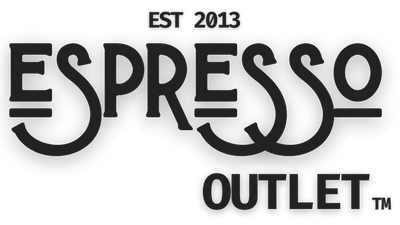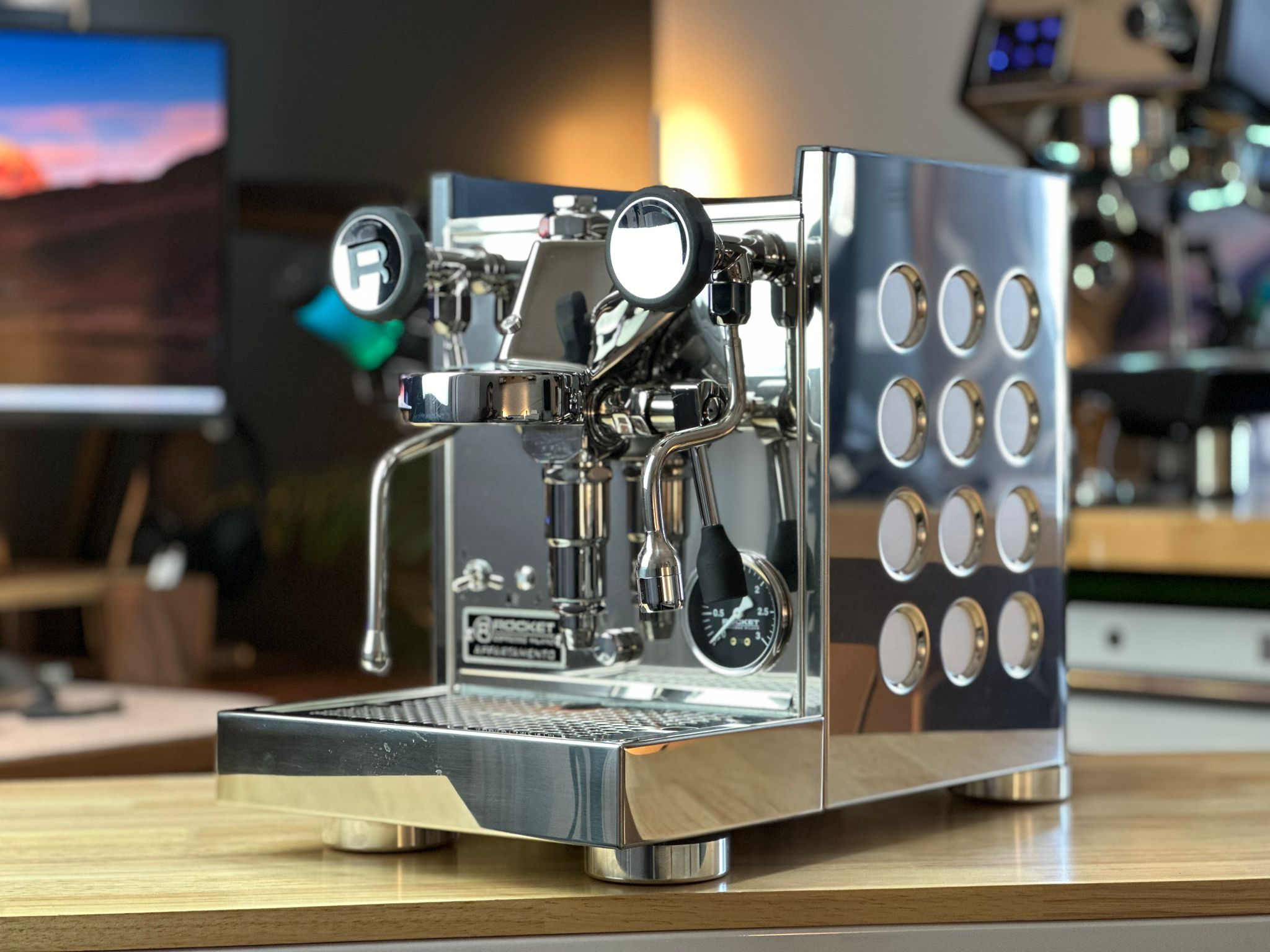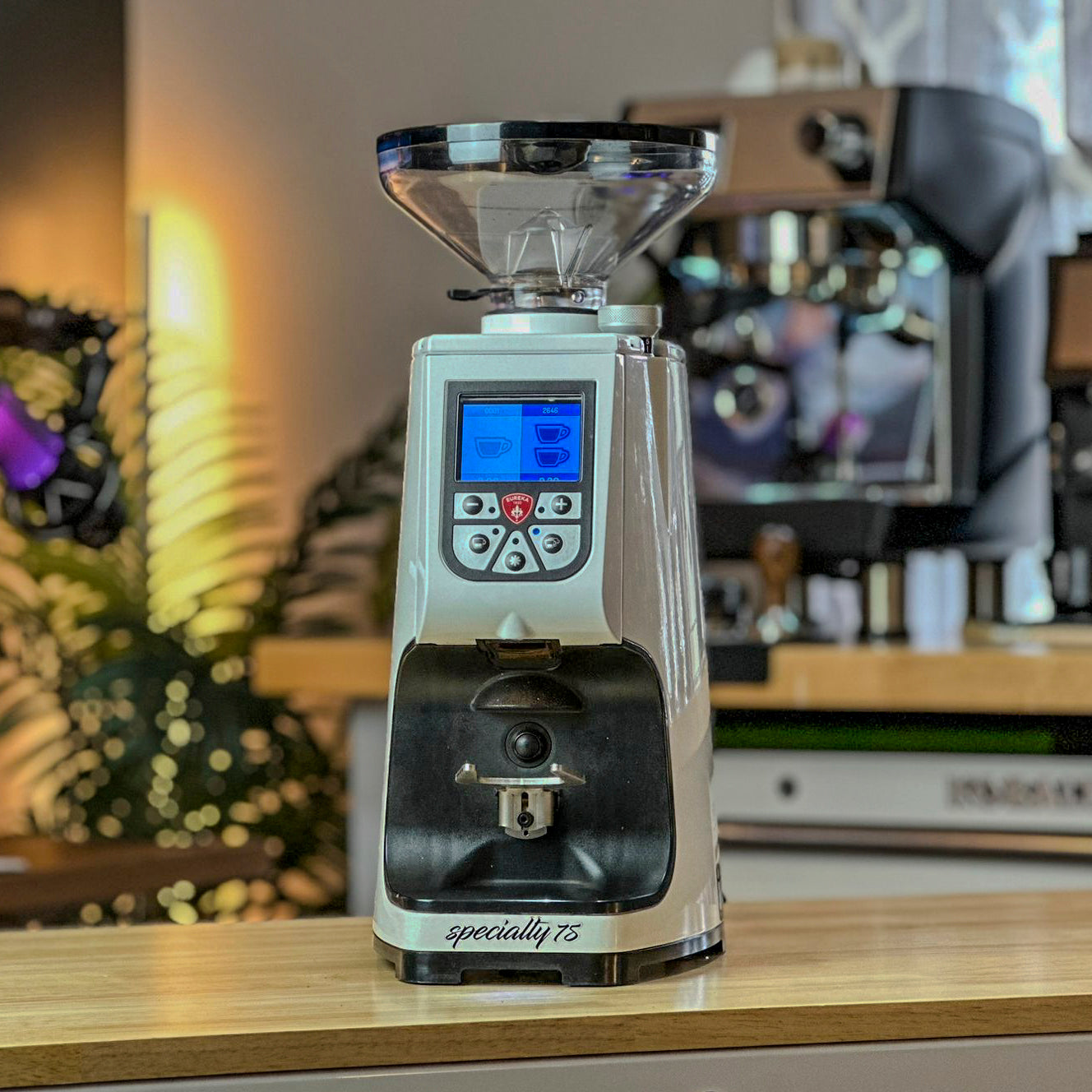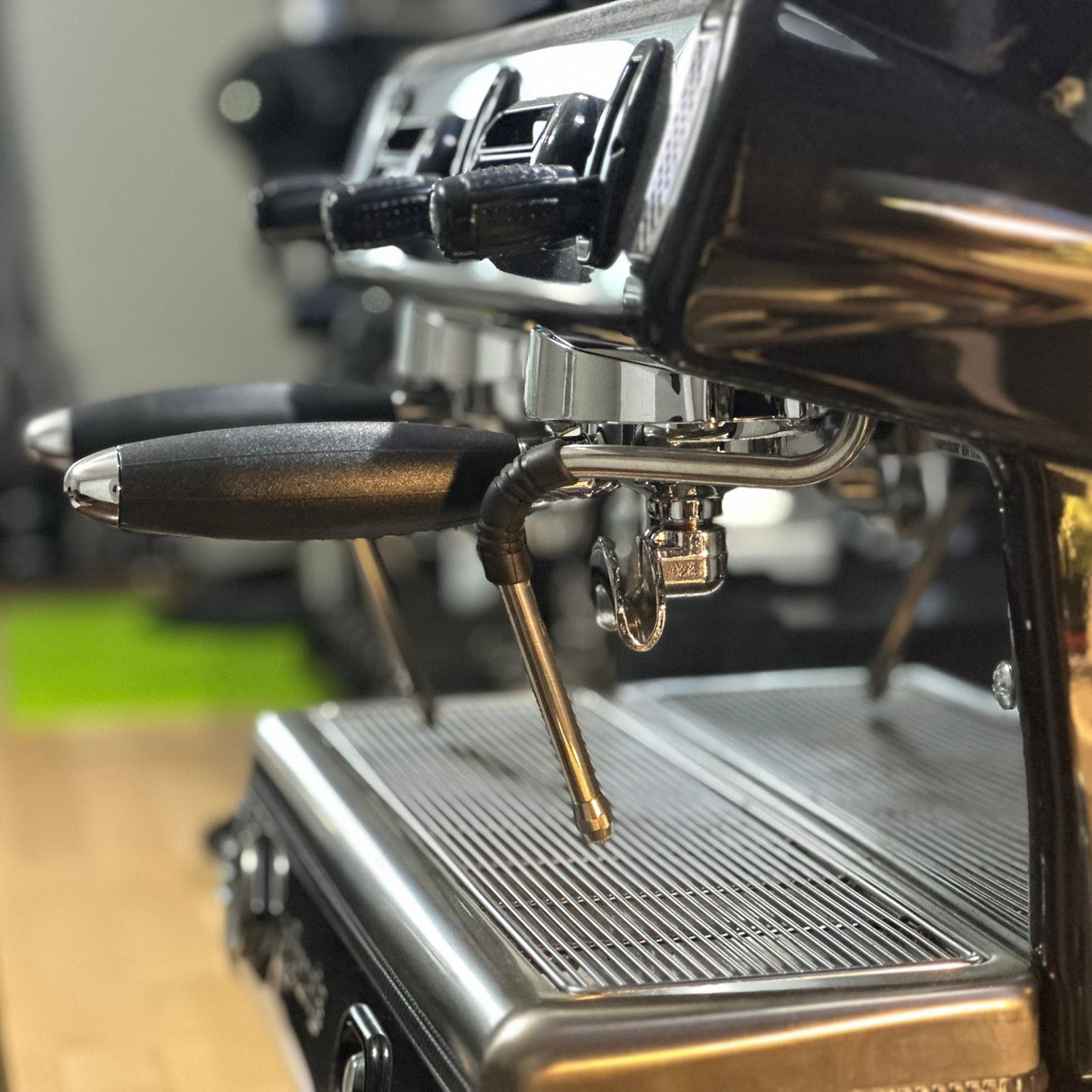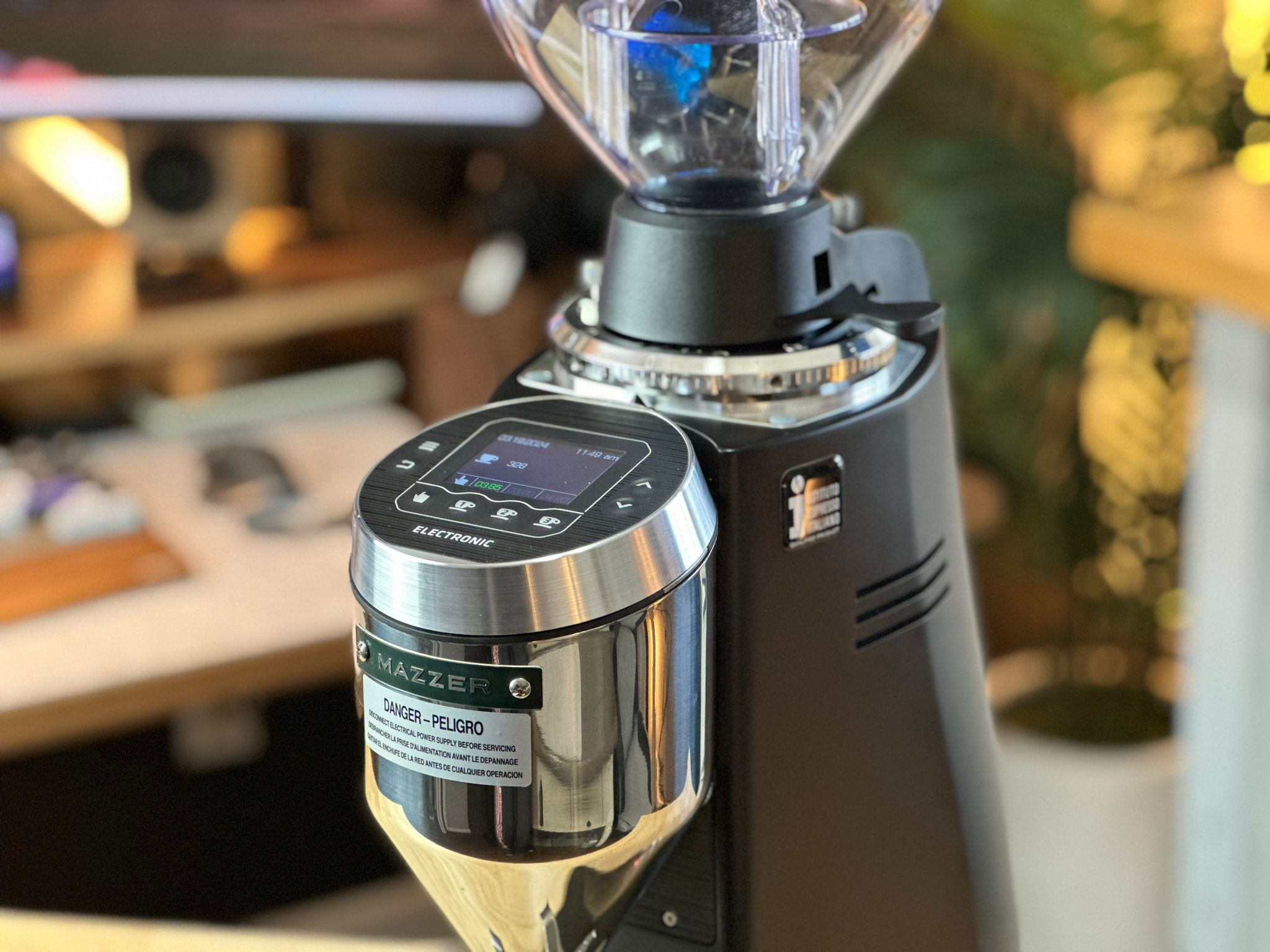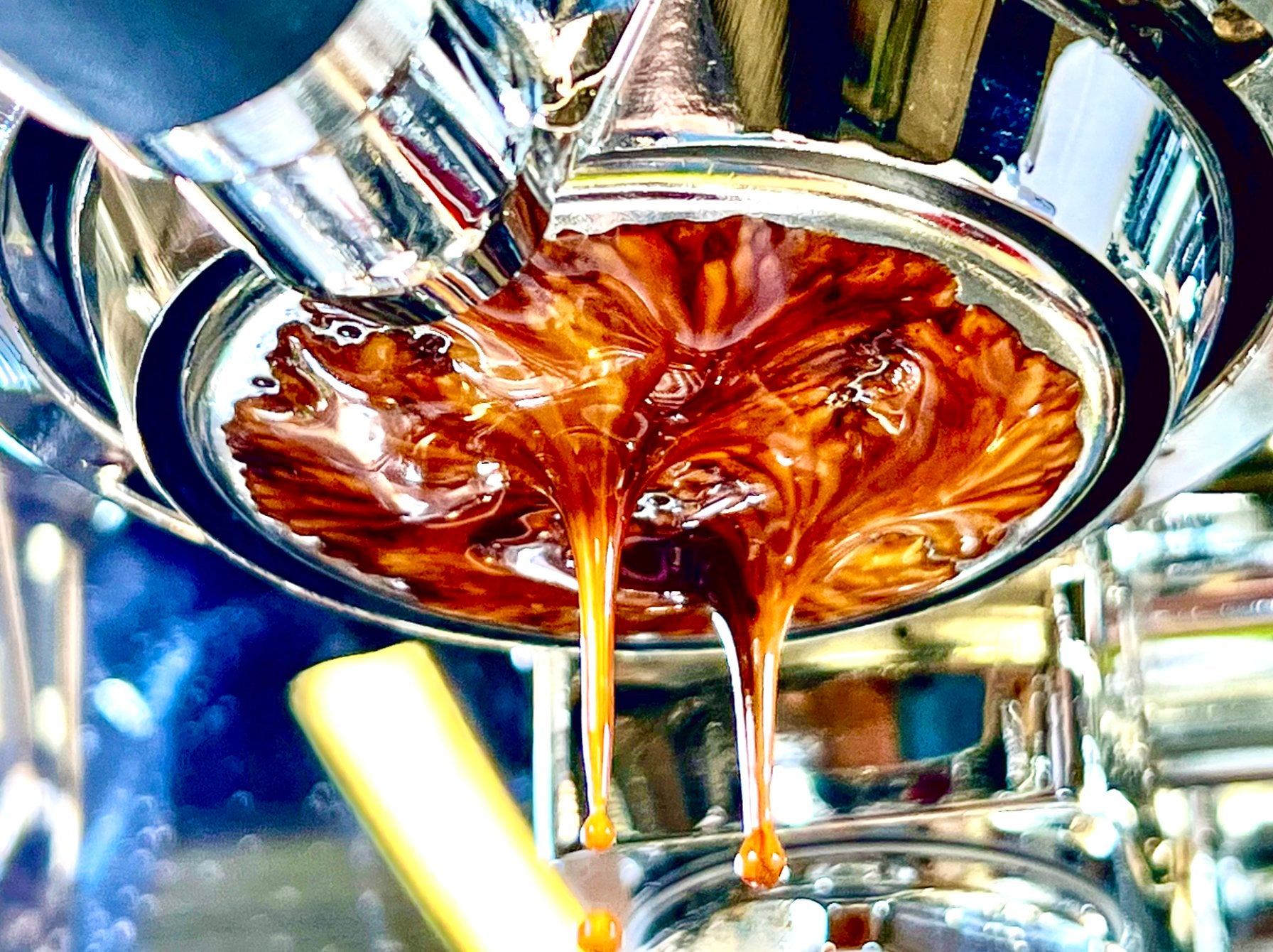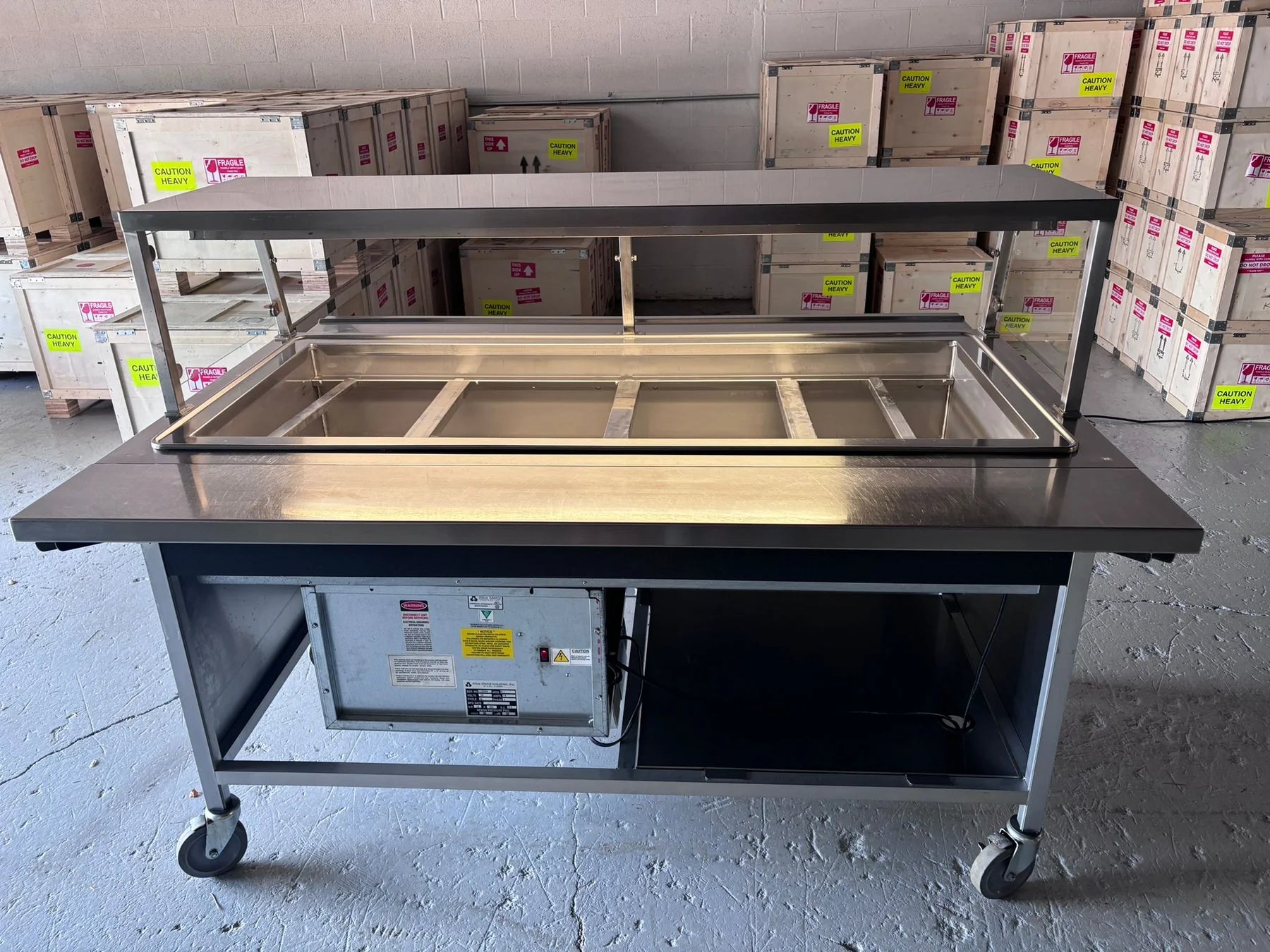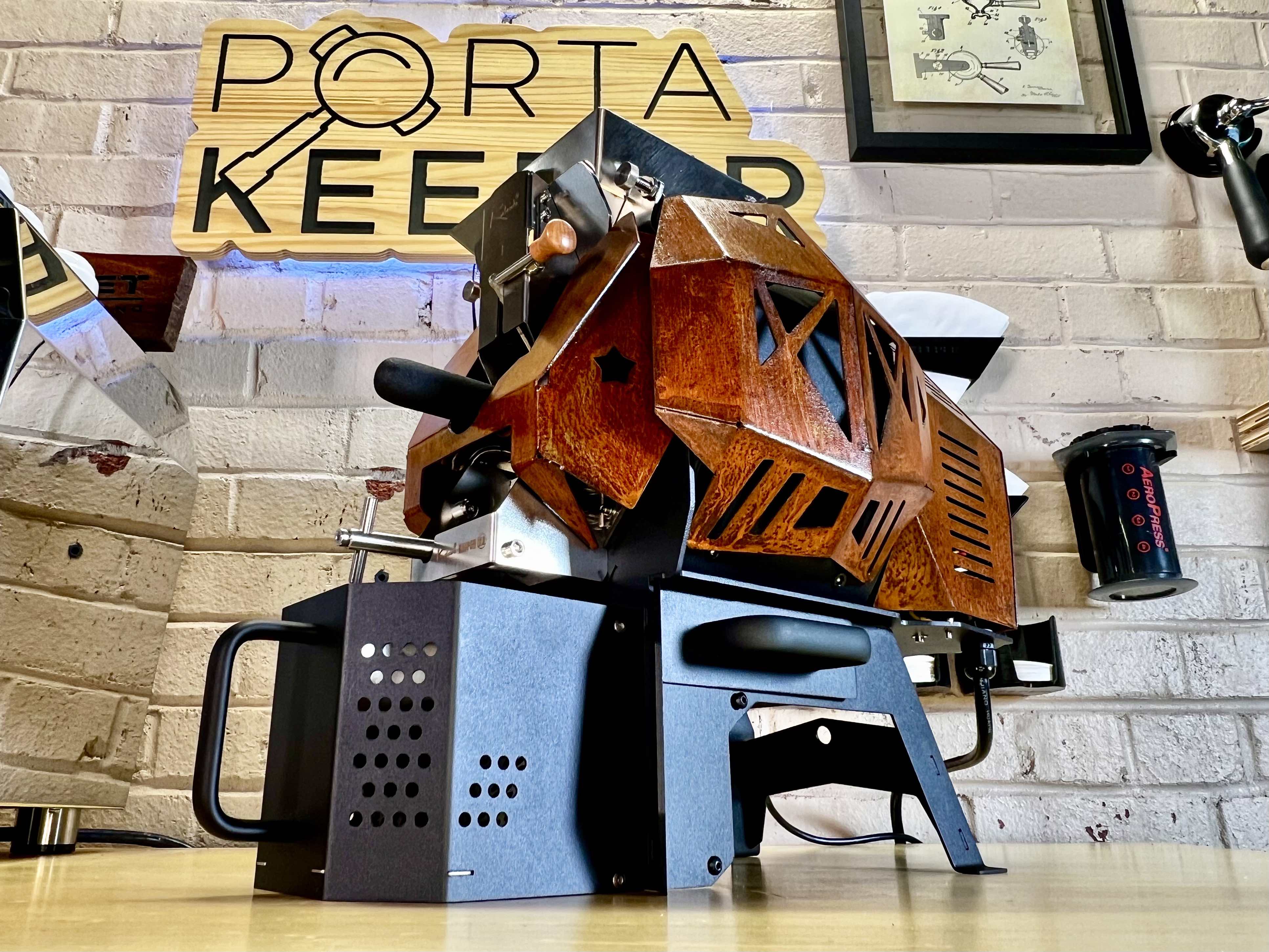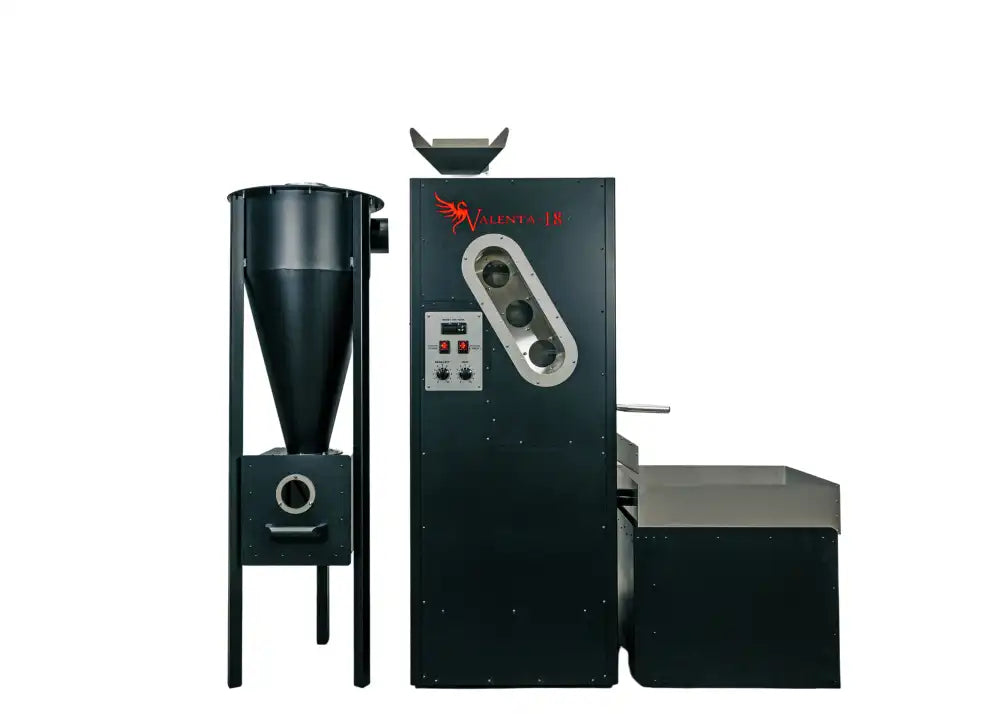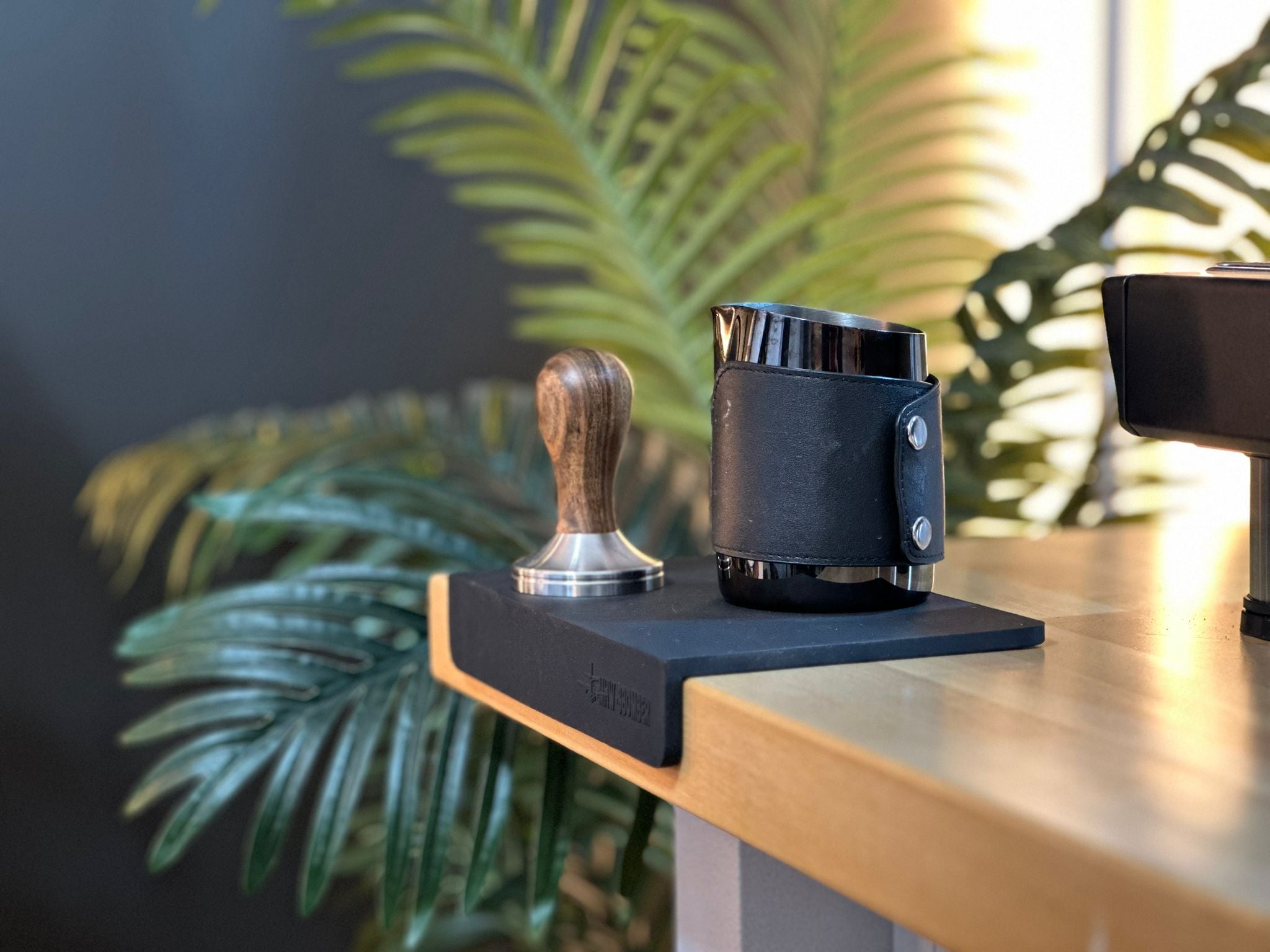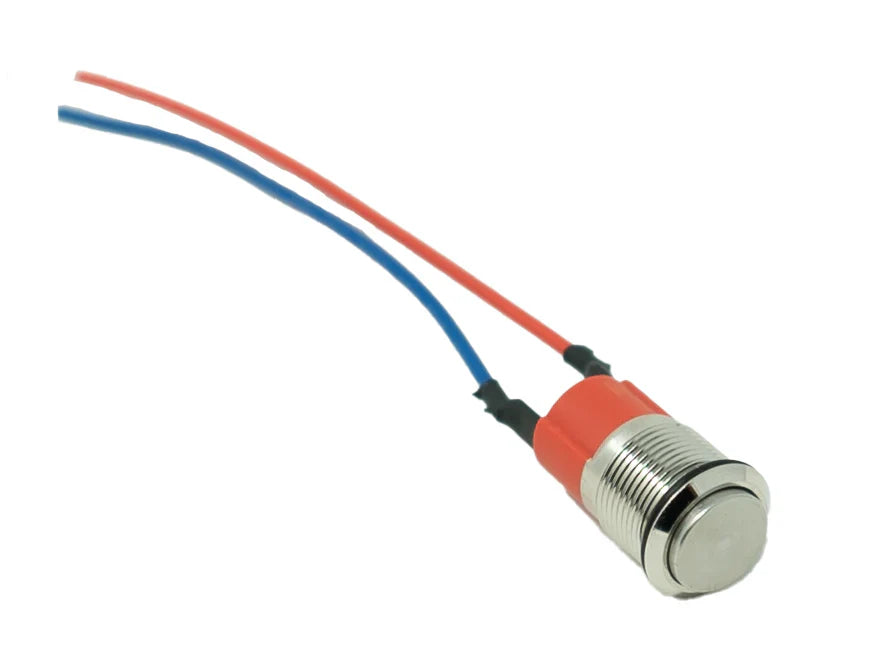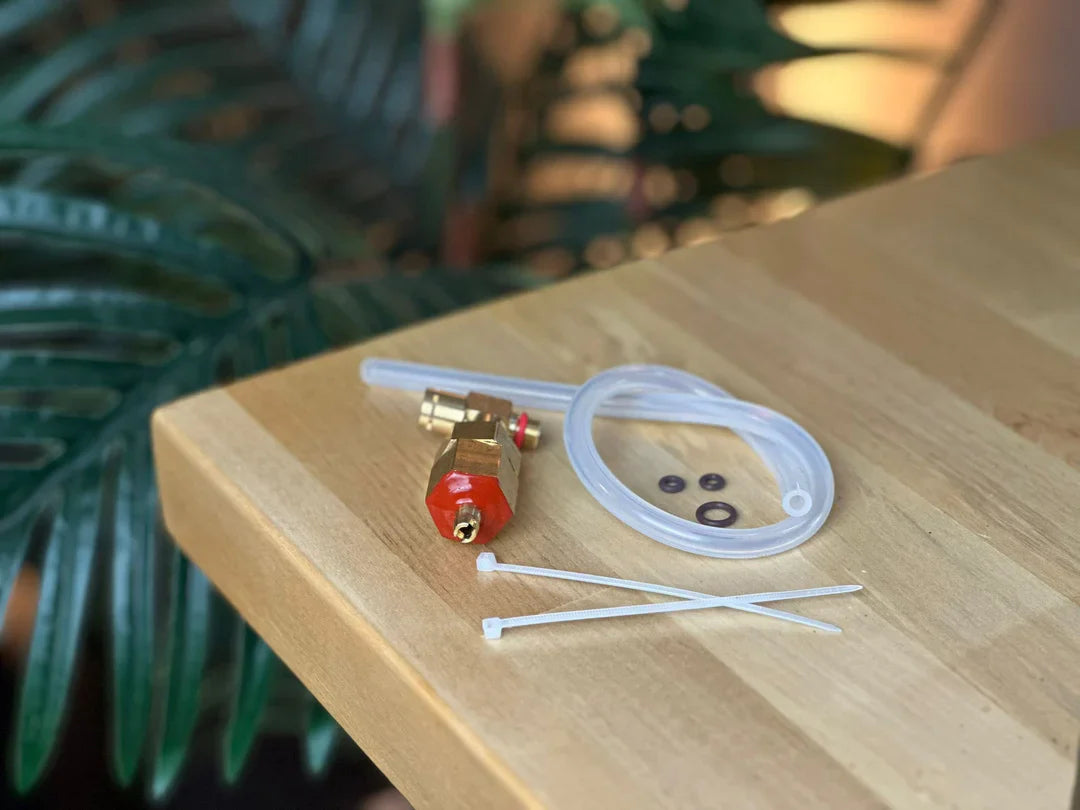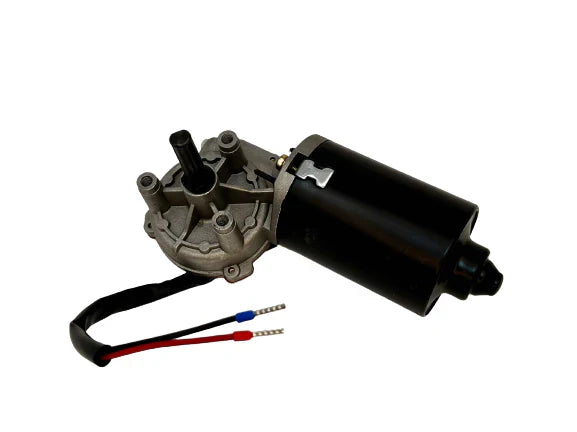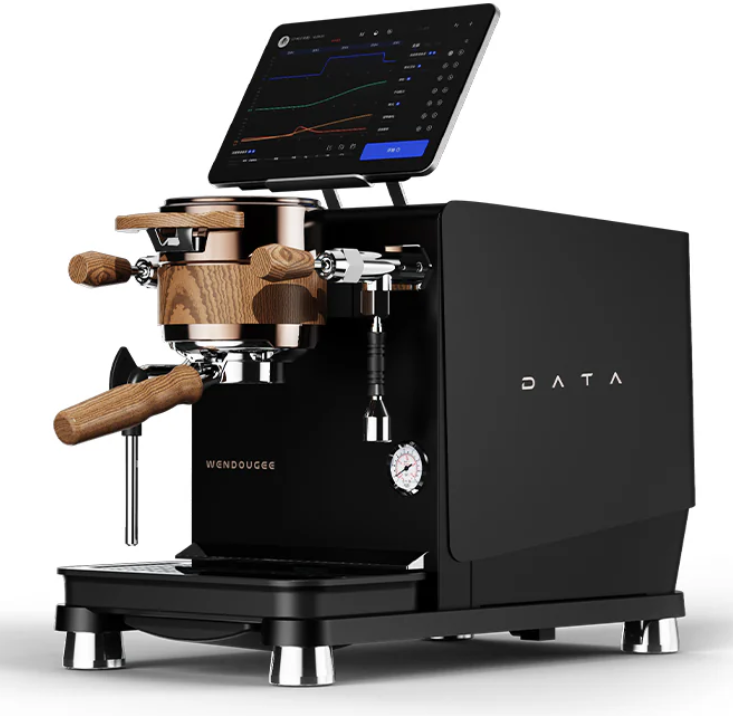How Precision Filter Baskets are Made: The Manufacturing Process Behind IMS and VST Baskets
Precision filter baskets, such as those produced by IMS and VST, are crafted using meticulous processes designed to ensure consistency, durability, and optimal performance in espresso extraction. Unlike standard baskets, precision baskets are manufactured with tighter tolerances and more advanced engineering, which results in more uniform perforations, better flow control, and ultimately, more consistent espresso shots. This article details the key steps involved in the manufacturing of precision filter baskets and highlights the differences in the processes used by leading brands like IMS and VST.
1. Material Selection
The process begins with the selection of high-quality stainless steel. Stainless steel is the material of choice for filter baskets due to its corrosion resistance, strength, and durability. Additionally, stainless steel is non-reactive, meaning it won't affect the flavor of the espresso or interact with the oils in coffee.
- Grade of Steel: Both IMS and VST use food-grade stainless steel, typically in the 300 series (such as 304 or 316), which is widely used in food processing equipment for its excellent resistance to rust and pitting in environments with moisture and acidic substances like coffee.
- Thickness: Precision baskets use steel of a specific thickness to ensure durability while maintaining the basket's ability to flex slightly during use. This flexibility helps maintain a secure fit in the portafilter.
2. Shaping and Forming the Basket
Once the steel is selected, it is cut and shaped into the basic basket form using stamping or deep drawing techniques. These processes involve pressing a flat sheet of stainless steel into the familiar cylindrical shape of a filter basket.
Deep Drawing
- Deep drawing is the process by which the flat steel sheet is pressed into a die with a punch. The punch draws the steel into a deep, cup-like shape, which becomes the body of the filter basket. This method ensures that the steel maintains an even thickness throughout the shaping process.
- The height and diameter of the basket are carefully controlled during this process to ensure it fits properly in a portafilter and has enough depth to accommodate varying doses of coffee.
3. Perforation: Creating the Filter Holes
The perforation process is the most critical part of manufacturing a precision filter basket. This is where IMS and VST baskets stand out, as the holes in these baskets are carefully engineered to be uniform in size and distribution. Two main technologies are used for creating these perforations:
Laser Cutting (Used by IMS)
- IMS baskets are known for their micro-perforation technology, which involves using laser cutting to create holes that are precisely spaced and uniform in size. Laser cutting offers the advantage of high precision and the ability to create extremely fine perforations with minimal variability between holes.
- Micro-perforation ensures that the water flows evenly through the coffee puck, reducing the risk of channeling (where water finds an easy path through the coffee grounds, leading to uneven extraction).
- The size and distribution of the holes can be adjusted depending on the model (for example, "low-flow" baskets will have smaller holes to slow down extraction).
Punching and Optical Analysis (Used by VST)
- VST employs punching technology, where the holes are punched into the basket using a die. VST uses high-precision punching tools that create holes with very tight tolerances.
- VST baskets undergo optical analysis, where cameras and sensors scan each basket to ensure that the holes are exactly the same size, evenly spaced, and consistently aligned. Any basket that does not meet these stringent criteria is discarded.
- VST’s perforations are larger in number than most standard or IMS baskets, which allows for faster flow rates and higher extraction yields. The optical analysis ensures that the hole size is consistent across the entire basket, ensuring shot-to-shot consistency in espresso brewing.¹
4. Surface Treatment and Coatings
Some precision baskets undergo additional surface treatments to improve performance and durability. For example, IMS offers nanotech-coated baskets that provide additional benefits:
- Nanotech Coating (IMS): This coating is applied to reduce the buildup of coffee oils and residues on the basket’s surface. The nanotech layer is hydrophobic, meaning it repels oils and makes cleaning easier. It also prevents the coffee grounds from sticking to the basket, improving the flow of water through the coffee puck over time.
VST baskets, on the other hand, do not typically feature any additional surface coatings, but their high-quality stainless steel construction ensures longevity and resistance to corrosion with proper care.
5. Polishing and Finishing
After the perforations are made, the basket undergoes a polishing process to smooth any rough edges and give the basket a uniform finish. Polishing serves both aesthetic and functional purposes:
- Aesthetic: A smooth, polished surface makes the basket look more professional and high-quality.
- Functional: Polishing removes any microscopic burrs or imperfections that could affect the fit of the basket in the portafilter or disrupt the flow of water through the coffee grounds. The polishing process ensures that the basket has no sharp edges and that the interior surface is smooth for even extraction.
6. Quality Control and Testing
Both IMS and VST employ rigorous quality control measures to ensure that every basket meets their high standards:
Optical Analysis (VST)
- As mentioned earlier, VST uses optical scanning technology to analyze each basket for hole size and placement. This ensures that every basket performs consistently, with no variability in water flow across the surface of the basket.
Flow Rate Testing (IMS)
- IMS baskets are tested for flow rate consistency. This ensures that the basket allows water to flow at a specific, controlled rate, which helps baristas achieve consistent shots. Some IMS models, like the low-flow versions, are specifically designed for slower extractions, and each basket is tested to meet those requirements.
7. Packaging and Distribution
Once the baskets have passed quality control, they are packaged and distributed. Both IMS and VST sell their baskets through specialty coffee retailers, online stores, and directly to espresso machine manufacturers.
Many professional baristas, café owners, and home enthusiasts prefer IMS and VST baskets because of their consistent performance, which helps in achieving high-quality espresso with minimal variability.²
Conclusion
Precision filter baskets from companies like IMS and VST are the result of a highly controlled and technologically advanced manufacturing process. By using materials like high-grade stainless steel, cutting-edge perforation techniques, and rigorous quality control, these companies produce baskets that improve espresso extraction by ensuring even water flow, reducing channeling, and enhancing consistency.
Whether through the laser-cut perforations of IMS baskets or the optical precision of VST baskets, the goal is the same: to provide baristas with a reliable, high-performance tool that elevates the quality of their espresso. Investing in a precision filter basket can significantly improve the quality and consistency of espresso shots, making it a popular choice among both professional baristas and home enthusiasts alike.
